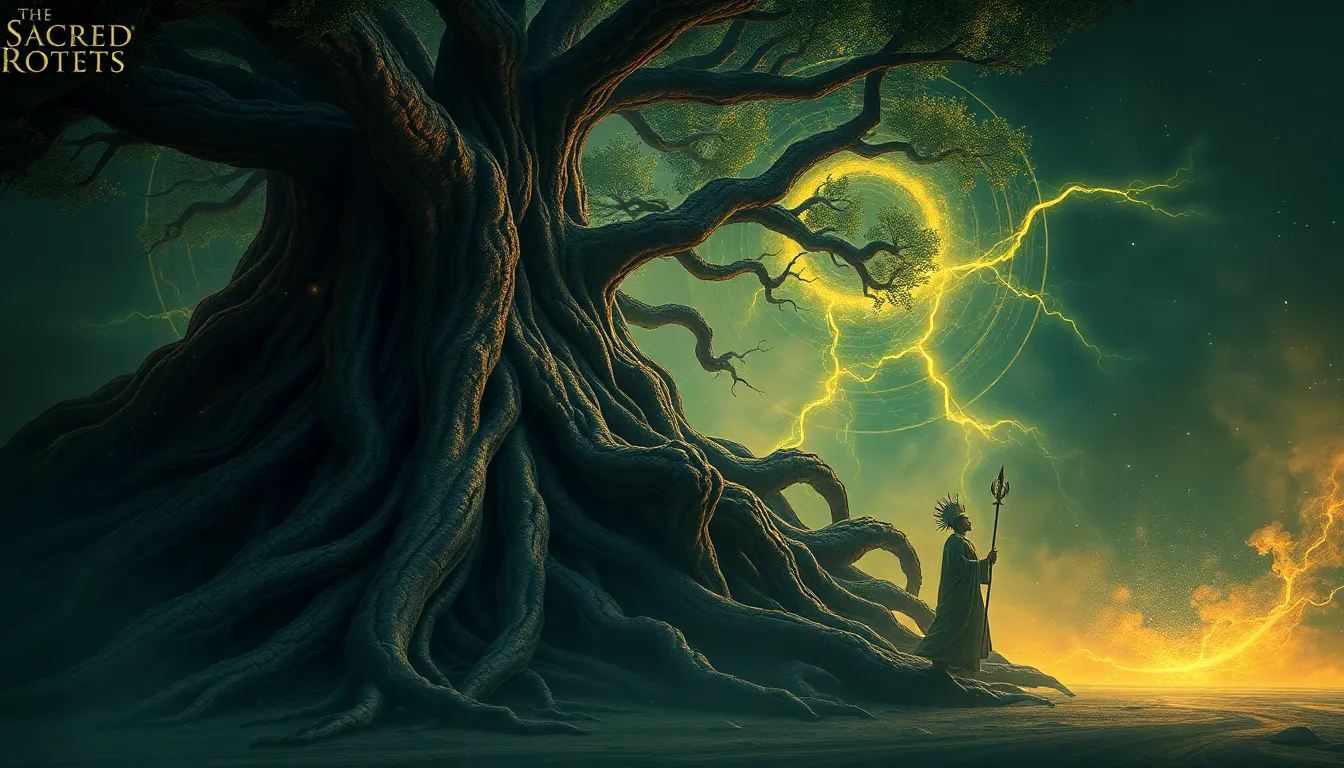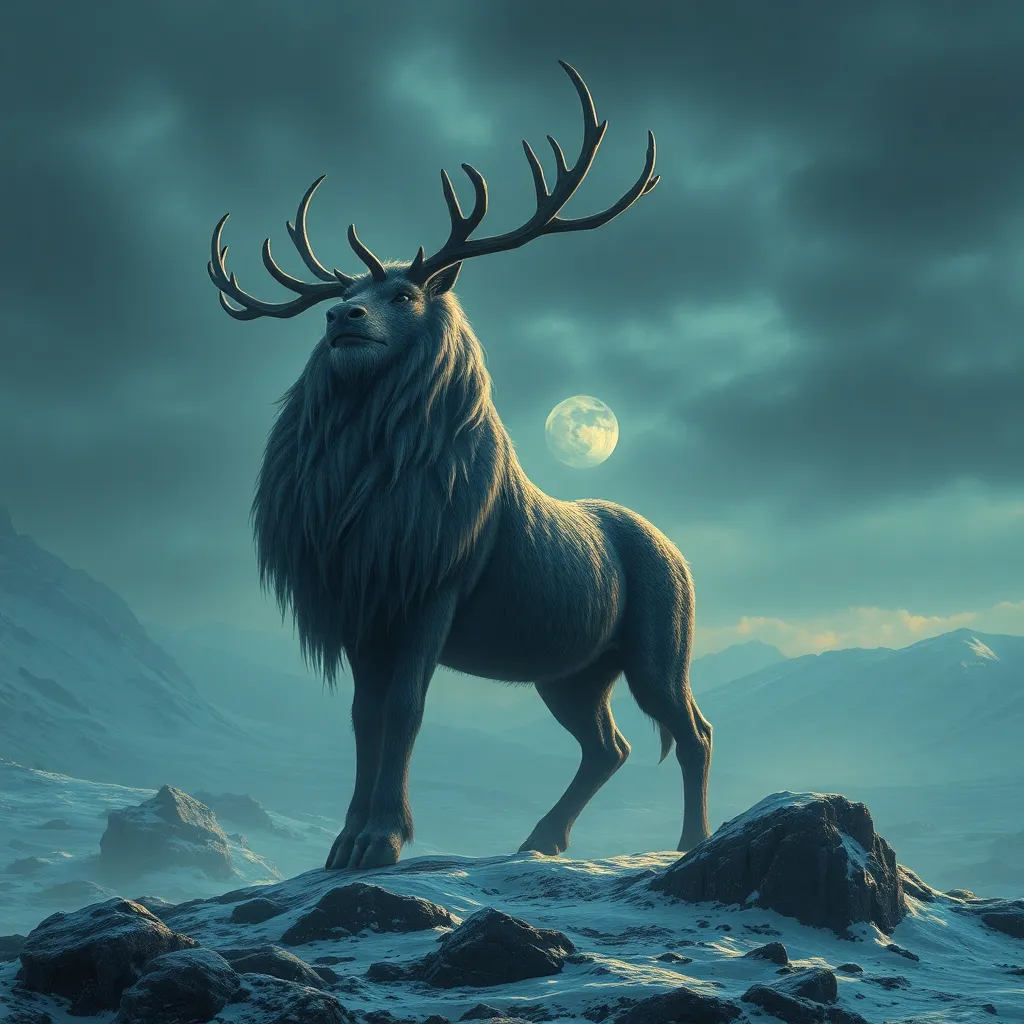The Sacred Roots: Exploring the Origins of Myths
1. Introduction to Myths: Definitions and Significance
Myths are traditional stories that embody the beliefs, values, and worldviews of a culture. They often explain natural phenomena, origins, and the human experience, serving as foundational narratives that shape societies. Myths can encompass a range of genres, including creation myths, heroic tales, and moral lessons, which play a crucial role in culture.
Throughout human history, myths have been significant not only in understanding the world but also in providing psychological comfort and community cohesion. They offer frameworks through which individuals can interpret their existence and navigate life’s complexities. This article will delve into the origins of myths, their functions across cultures, and their evolution over time, exploring how they continue to resonate in the modern world.
2. Historical Context: The Birth of Mythological Narratives
The origins of myths are deeply rooted in early human societies where storytelling was a primary means of communication and knowledge transfer. Before the advent of written language, myths were passed down orally, evolving with each retelling.
- A. Early human societies and storytelling: Storytelling served as a vital tool for preserving history, imparting wisdom, and explaining the unknown.
- B. The transition from oral traditions to written texts: The invention of writing allowed for the documentation of myths, leading to a more stable and enduring form of cultural expression.
- C. Key historical periods that shaped myth-making: Various civilizations, such as the Mesopotamians, Egyptians, and Greeks, contributed significantly to the body of myths, each reflecting their unique cultural contexts.
3. Comparative Mythology: Common Themes Across Cultures
When examining myths from different cultures, certain universal themes emerge that highlight shared human experiences.
- A. Analysis of universal themes: Key themes found in myths include creation, heroism, and morality, which resonate across diverse cultures.
- B. Case studies of myths from different cultures:
- Greek Mythology: The tales of gods like Zeus and heroes like Hercules illustrate human struggles and divine interactions.
- Norse Mythology: Stories of Odin and Thor reveal themes of sacrifice and fate in a harsh environment.
- Indigenous Mythology: Many Indigenous cultures share stories connected to nature and ancestral spirits, emphasizing the relationship between humanity and the earth.
- C. The role of archetypes in mythological stories: Archetypes, such as the hero, the mentor, and the trickster, recur across myths, reflecting common psychological patterns.
4. The Influence of Geography and Environment on Myths
The geographical and environmental contexts in which a culture develops significantly influence its mythological narratives.
- A. How natural landscapes shape mythological narratives: Mountains, rivers, and forests often serve as settings for mythic tales, symbolizing challenges or spiritual journeys.
- B. The impact of climate and resources on cultural beliefs: Societies in arid regions may develop myths that emphasize resilience, while those in fertile areas may focus on abundance and fertility.
- C. Examples of geographically inspired myths:
- In many Native American cultures, the creation of the world is often tied to specific landscapes, such as mountains or rivers.
- In Norse mythology, the harsh climate of Scandinavia is reflected in the stories of gods battling giants and monsters.
5. Religion and Myth: Intertwined Roots
Mythology and religion are closely intertwined, with myths often serving as the narrative backbone of religious beliefs.
- A. The relationship between organized religion and myth: Many organized religions incorporate myths to convey their teachings and values.
- B. Myths as a means to convey religious beliefs and values: They provide moral lessons and explain the divine order, connecting followers to a larger cosmic narrative.
- C. Case studies:
- Hinduism: The epics of the Ramayana and Mahabharata are rich in mythological content, illustrating dharma (duty) and the nature of the divine.
- Christianity: Biblical stories, such as those of Adam and Eve or the Exodus, carry mythic significance that conveys deeper truths about humanity and divinity.
6. The Role of Myth in Social Cohesion and Identity
Myths play a fundamental role in fostering social cohesion and cultural identity within communities.
- A. Myths as tools for community building and social order: They establish norms and values that help maintain social harmony and order.
- B. How myths reinforce cultural identity and heritage: Through shared myths, communities create a sense of belonging and continuity.
- C. The evolution of myths in contemporary societies: Modern myths often reflect contemporary values and challenges, adapting ancient narratives to fit new contexts.
7. Psychological Perspectives: Jung, Campbell, and the Collective Unconscious
Psychologists have explored the significance of myths through various theoretical lenses, highlighting their impact on the human psyche.
- A. Carl Jung’s theories on archetypes and the collective unconscious: Jung posited that myths tap into a collective unconscious shared by all humans, filled with archetypes that shape our experiences.
- B. Joseph Campbell’s monomyth and the hero’s journey: Campbell’s analysis of the hero’s journey illustrates a universal narrative structure found in myths across cultures.
- C. The psychological impact of myths on individual and collective psyche: Myths can influence personal identity and societal norms, providing frameworks for understanding life’s challenges.
8. Myth and Modernity: The Transformation of Ancient Stories
In the contemporary world, ancient myths have undergone reinterpretation and adaptation, finding new life in various forms of media.
- A. The reinterpretation of myths in contemporary literature and media: Authors and filmmakers draw upon mythological themes to address modern issues, creating resonant narratives.
- B. Myths in popular culture: From film to video games, myths are integral to storytelling, captivating audiences with timeless themes.
- C. The relevance of ancient myths in modern society: Myths continue to provide insight into human nature and societal structures, reinforcing their enduring significance.
9. The Future of Myths: Evolution in the Digital Age
As technology advances, new mythologies are emerging, shaped by digital culture and global connectivity.
- A. The role of technology in shaping new mythologies: The internet and social media create platforms for new stories and myth-making, allowing for rapid dissemination and adaptation.
- B. Digital storytelling: Interactive mediums, such as video games and virtual reality, offer innovative ways to engage with mythological narratives.
- C. The potential for future myths: As humanity faces new challenges, such as climate change and technological advancements, new myths may arise to reflect contemporary values and concerns.
In conclusion, myths are not merely relics of the past; they are dynamic narratives that continue to shape human experience. Understanding their origins and transformations allows us to appreciate their significance in both ancient and modern contexts, revealing the sacred roots that connect us all.




